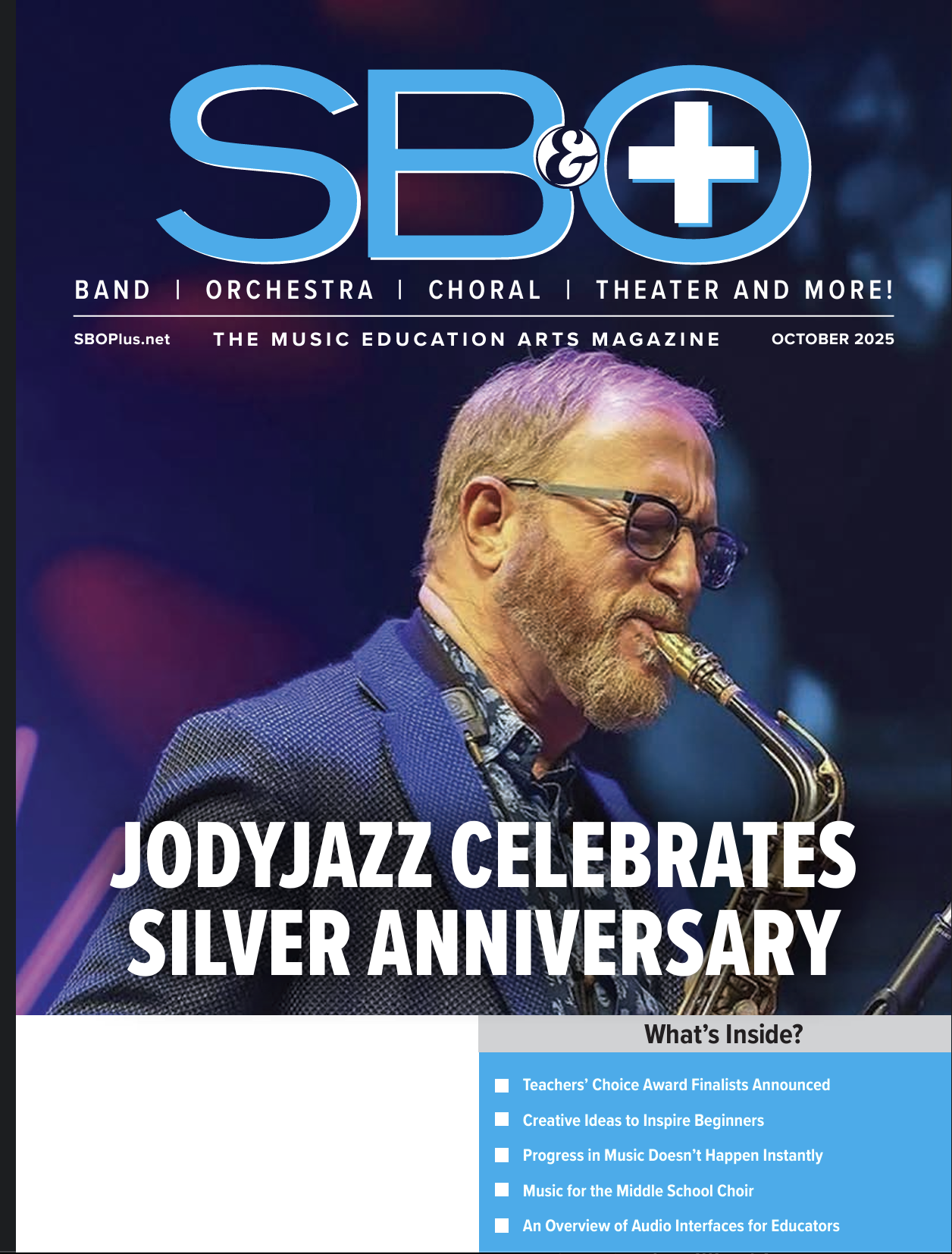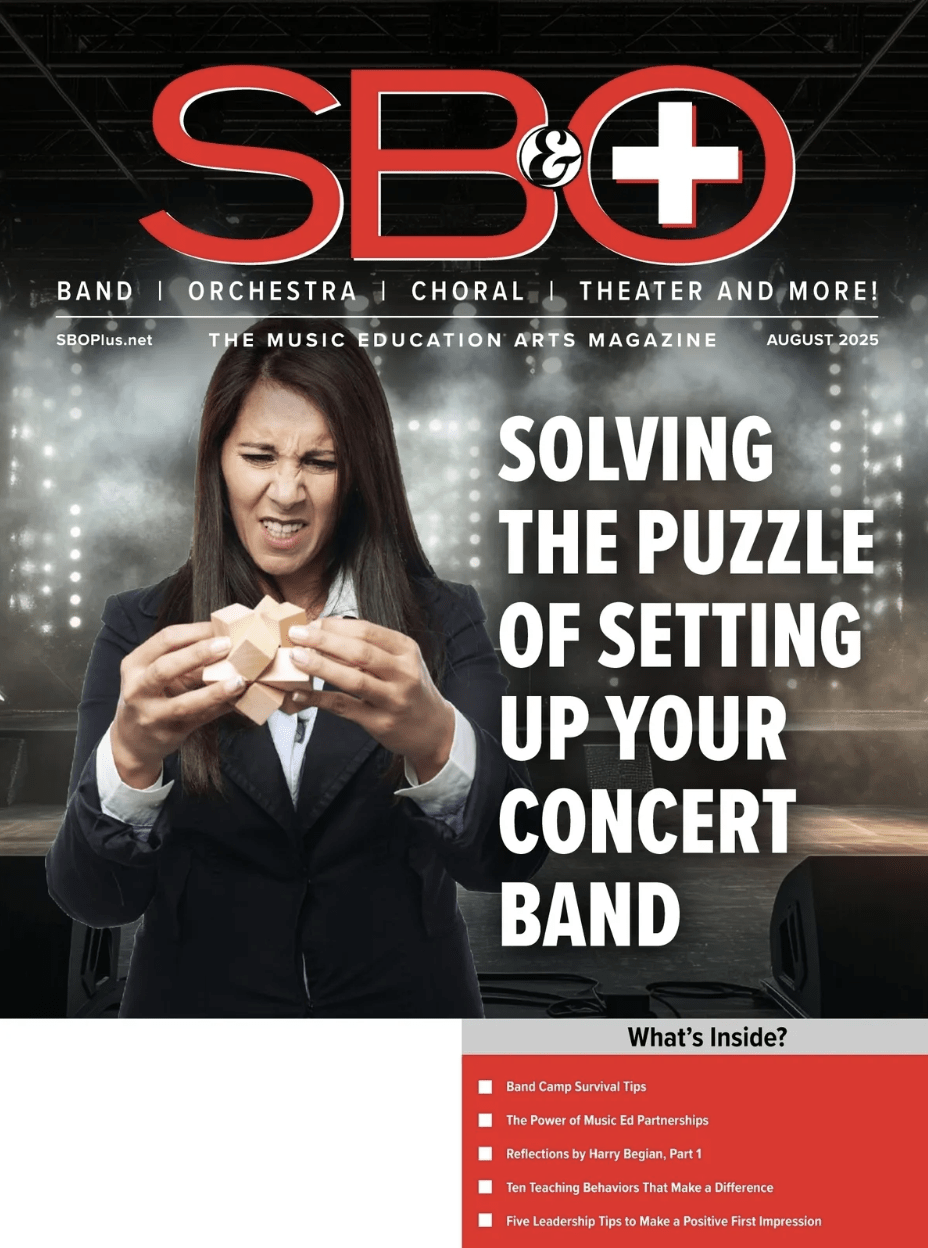 It is rare to hear a string player be anything but enthusiastic when it comes to playing with other musicians of similar skills and musical sensibilities performing chamber music.
It is rare to hear a string player be anything but enthusiastic when it comes to playing with other musicians of similar skills and musical sensibilities performing chamber music.
While perhaps the most enjoyable type of ensemble experience, there are unique and difficult obstacles to starting and sustaining an ensemble successfully. Due to the challenges, I become increasingly excited as time passes without our ensemble losing momentum and availability. It is such a joy to realize that, finally, you have reached a point in which the awesome and extensive literature written for string quartet are attainable in serious capacity.
Playing without a Conductor
Chamber music playing allows for individual artists to perform while also providing the comradery of music making with others; furthermore, each musician is granted liberties otherwise not possible as seen with strings playing in general. Groups such as the string quartet are an environment conducive to individual decision making, opening a world of creativity, interpretation, and the expression of your own musical sensibilities. This is in direct opposition to orchestral playing and identity.
The defining variable between a large vs. small ensemble is not the number of musicians making up the group, but rather, the role each musician is given or allowed. This is dependent upon one main aspect of the ensemble: the presence — or lack — of a conductor.
Sometimes within an orchestral rehearsal, the conductor will step back as the musicians play without his/her direction. This can be done for various reasons (to provide cohesive listening skills, to judge balance, to prove a point.) Most often, it is used as a tool to help the musicians find balance and a healthy awareness of each other. A chamber music ensemble operating as an independent entity (and) without a conductor is something else altogether.
Maintaining a Healthy Chamber Ensemble
In an ideal chamber ensemble, each musician would feel that their input, thoughts, rehearsal voice and leadership, and role are equally valued, and that no one member had more weight to their influence than any other. Usually there must be a predetermined role and responsibility for each member. This assists each person to be okay with final decisions; it allows the various strengths of the members to be put to their best purpose. In a small ensemble, everything must be taken care of by the ensemble’s members without any of the benefits larger organizations enjoy.
Social Dynamics
The personnel for most chamber ensembles are carefully put together. That care extends to many facets of what the group intends to do and how it is intended that it be done. Done well, the result is a genuine one. Making choices as to the membership, instrumentation, the nature of the performances and regularity of rehearsals will be the determining factor as to whether the group remains together with legitimate sustainability.
Rehearsals and Repertoire
Knowing how to successfully rehearse a quartet is a huge factor in your personal usefulness to a group as well as the overall success of the ensemble. What proves time saving and useful to the group, will, above all, be the ability to rehearse well together as well as individually. All musicians are expected to carry their part as leaders. You cannot rely upon other section members to guide, count, or provide pitches for you to match or reference. In chamber music, you must have confidence and play convincingly. Many ensembles struggle to find balance between attention to detail and the inevitable opposing opinions, interpretations, and desires, both musical and practical.
There are a few guidelines regarding how an ensemble cleans up a piece for performance while maintaining respectful interactions.
Timing
One of the most important parts to rehearsing chamber music is to go through the music and determine who is in charge of cuing entrances and leading things such as accelerando, rubato, a tempo, and fermatas. Sometimes it is necessary to work it out verbally and mark your part. Other instances are subtler and requires adapting your placement of notes to go with whoever owns the most musical line (so they can be, well, musical). There are so many things I could say about timing. The most important things to know are: by default, the first violinist cues entrances. If you are the first violinist (or any violinist), be sure you practice this and know how to effectively lead entrances. Most use a combination of body movements and sharp intakes of breath. Depending on your instrumental setup, someone requires your pitch and rhythm to give them reference during play. Whether you provide a foundation which intonation is built upon, or you are in a role providing backdrops of sound to which a melody can play. Your additional voice lends power or atmosphere as needed.
Tone/Style/Articulation
All members of the string quartet are required to play with accuracy, pleasing timbre, energy, tone, clarity, and with flexibility up to the task of matching stylistic articulations appropriate to the music being played. It is helpful if the bow distribution and general technique is similar through all musicians, for cohesive visual support in the performance.
While it is always educational to extend and stretch abilities and skill by experimenting; regarding practical technical reality, it is not a priority. It is very personal. Respect is acknowledging that we know how to best use the tools we have to achieve the sound to which we aspire. Critical aspects include:
• Balance
• Nuance. An obscure use of nuance, perhaps, is body language, which is very important to string playing in all environments. In chamber music, it is rife with communicative motions and can be read within the ensemble for corrections and disaster avoidance.
• Structure of the parts within the form and context of the composition and composer.
Making Good Use of Rehearsal Time
Identify the variable most in need of attention and start there. Playing out of tune is easily identifiable as displeasing. An ensemble with intonation issues cannot go very far until it is addressed. Regardless of skill in just about every other respect, tuning problems demonstrate both a lack of ability to adjust and blend immediately, and shows issue with the acute listening abilities expected at a certain level of musicianship.
If you watch the “greats” of any era performing live, you can isolate nanoseconds of pitch inaccuracy (usually at points where large-ranged shifts occur). The lesson to be learned in pointing this out is that we are speaking of nanoseconds. They are, in fact, great players because they immediately tilt into the pitch with ease. This is how it is done by string players in general. When encountering problematic tuning areas in chamber music, all members of the ensemble listen very carefully to each other and play somewhat carefully so they can hear both the other pitches and their own. Some would say all members of the ensemble are in charge of adjusting, and I agree in some circumstances. However, by general agreement in the profession, it is accepted that whoever is playing the lowest pitch or sound is the one to be adjusted to. This puts responsibility on the low strings to accurately provide pitch with a clear tonal center to their sound.
One of the most valuable skills in small ensemble is the ability to adjust to your fellow musicians in all manner of circumstances. One must do so according to ensemble’s needs: quickly and professionally. There is no shame to using an effective rehearsal tool like a metronome.
Scheduling
The most accessible chamber ensemble group for strings would be that of the trio. Even with just three members of the group, it is understood that each musician must be dedicated to the agreed-upon schedule. There is a benefit to working an ensemble’s organization as a new business would. I refer to such as mission statements, contracts, policy documents and guidelines, even emergency contacts. The schedule must have clearly defined rehearsal hours, location, and the group’s purpose, goals, and timeline. I suggest the most attainable and sustainable ensemble schedule to be a weekly time and place for at least an hour.
The maximum tolerance for life events and exceptions to the schedule should be in balance with the nature of the group’s timeline and the nature of its intent as an ensemble. How important is momentum, and how much neglect can it manage?
If each musician has one week or rehearsal they have to miss, technically one could be faced with entire months of missed rehearsals.
Types of Ensembles
Reading ensembles are a loosely organized roster of colleagues who get together for chamber music events (evenings, all day come and go affairs, carefully planned around specific literature such as the Mendelssohn octet, et cetera). Usually specific musicians are invited with specific literature intended out of a pool of musicians who know each other. Typically, there are at least one or two members who have extensive music libraries and lots of experience who provide parts. Sometimes each person is asked to suggest a piece. There can be thematic aspects such as decided time periods to choose out of, or with a unique instrumentation in mind such as quintets with two violas or celli.
This is a great opportunity for violinists who also play viola to get together and swap parts, bringing both instruments. These events are a lot of fun, provide experience playing literature standard in the repertoire, and I have found, amazingly useful for networking and getting yourself some professional connections.
It is one of the most comfortable and effective ways to show your playing level to other musicians in a position to recommend you for orchestra work, sub work, gigs, teaching positions, and many other mentions proving professionally positive.
Gig ensembles are contracted musicians hired for specific function. With significant work, the group sometimes becomes a regular quartet, recognized within the community and local event planners. Though the music is diverse and stylistically vast,
it is also the least challenging (therefore, generally the least musically rewarding). This is by necessity as usually the musicians do not rehearse. Sight-reading, as you imagine, is a non-negotiable ability for survival as a gigging ensemble musician.
There a few standard pieces in the gigging repertoire of more challenging nature and possibly less readable. Though no doubt overplayed, I have experienced some truly exceptional and enjoyable wedding jobs in which “Pachelbel’s Cannon” was able to provide us with the opportunity to express musicianship. When members of the ensemble are willing to put themselves into the music, regardless of overfamiliarity or ease with which it can be well played, such numbers can pull the group into the kind of exceptional performing containing genuine inspiration. These are the musicians who will be overwhelmed with gigs every weekend and thrive locally.




























